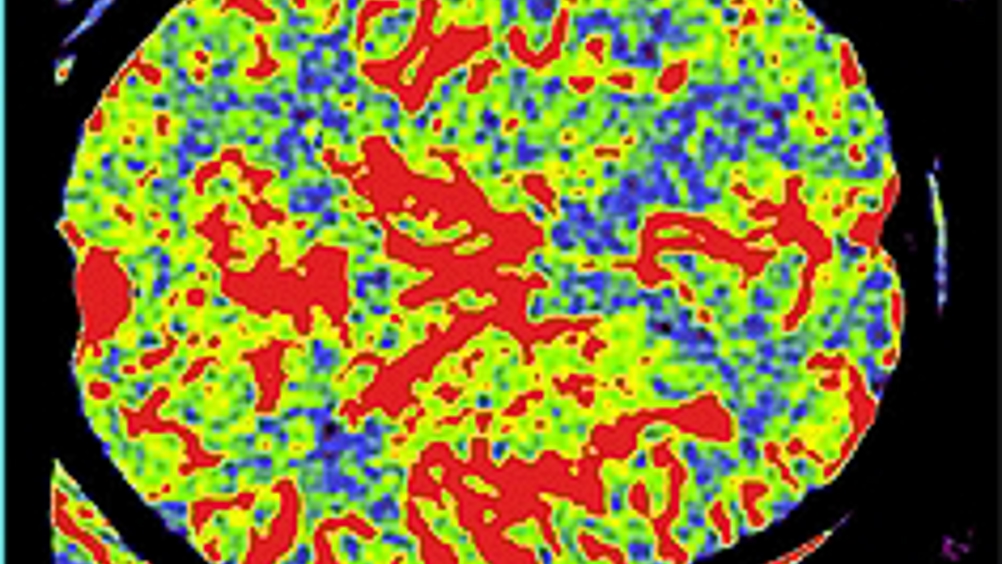Brainwave-decoding research explains facial recognition
Researchers at Glasgow University have been able to identify how the brain encodes the visual information that enables human beings to recognise faces and scenes.

Brainwaves — the patterns of electrical activity created in the brain when it is engaged in different activities — can easily be measured using electroencephalography (EEG).
But, according to Prof Philippe Schyns, director of Glasgow University’s Institute of Neurosciences and Psychology, while it was previously possible to detect EEG activity in certain areas of the brain when particular tasks were performed, until now it has been impossible to know what information was carried in those brainwaves.
In order to decode some of these brainwaves, the scientists at Glasgow recruited six volunteers and presented them with images of people’s faces, displaying different emotions such as happiness, fear and surprise.
On different experimental trials, parts of the images were randomly covered so that, for example, only the eyes or mouth were visible. The volunteers were then asked to identify the emotion being displayed.
While engaged in this exercise, the participants’ brainwaves were measured using EEG, which allowed the researchers to identify which parts of the brain were active when looking at different parts of the face.
Register now to continue reading
Thanks for visiting The Engineer. You’ve now reached your monthly limit of news stories. Register for free to unlock unlimited access to all of our news coverage, as well as premium content including opinion, in-depth features and special reports.
Benefits of registering
-
In-depth insights and coverage of key emerging trends
-
Unrestricted access to special reports throughout the year
-
Daily technology news delivered straight to your inbox










BEAS funding available to help businesses cut energy costs
And not a moment too soon, if the following exchange broadcast last Friday 13th June, on the Radio 4 ´Rare Earth´ program (link below, ~ 17 minutes...